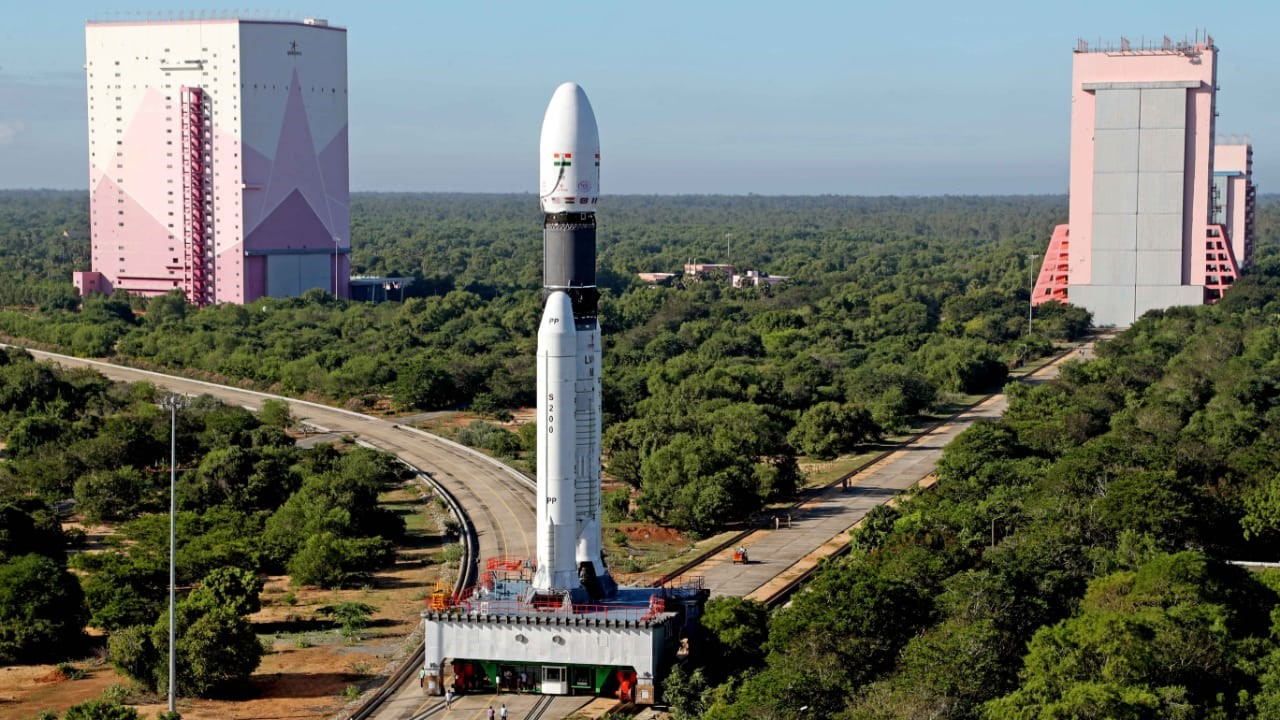India unveils astronauts for 1st human spaceflight mission in 2025
The country has shortlisted four astronauts as it prepares for its first-ever crewed mission.

India has revealed a shortlist of air force pilots who will fly on the country's first human spaceflight mission.
Indian Prime Minister Narendra Modi unveiled the four "astronaut-designates" at the Vikram Sarabhai Space Centre, in the southwestern state of Kerala, on Tuesday (Feb. 27).
The selected individuals are Group Captain Prasanth Balakrishnan Nair, Group Captain Ajit Krishnan, Group Captain Angad Pratap and Wing Commander Shubhanshu Shukla. All four are test pilots. Modi called them "the pride of today's India," according to The Times of India.
Related: India wants to land astronauts on the moon in 2040
India proud of you as PM Sh @narendramodi bestows astronaut wings on you.Gp Capt Prashanth NairGp Capt Ajit KrishnanGp Capt Angad PratapWg Cdr Shubhanshu Shukla#GaganyaanMission#ISRO pic.twitter.com/3Bc6Zjxj18February 27, 2024
The quartet have been undergoing training at the Indian Space Research Organisation's (ISRO) astronaut training facility in Bengaluru.
Three of the men will form the crew for the first Gaganyaan mission, expected in 2025. This will see a crewed spacecraft spend three days in orbit at 249 miles (400 kilometers) above Earth. Gaganyaan is the Sanskrit word for "celestial vehicle."
The announcement follows ISRO making progress on an engine for the rocket that will launch Gaganyaan. The agency has been performing a number of major tests, including verifying an emergency-escape system and recovery procedures, as it gears up for the full-blown mission.
Get the Space.com Newsletter
Breaking space news, the latest updates on rocket launches, skywatching events and more!
India plans to launch its first uncrewed Gaganyaan test flight before the end of the year as a step toward sending humans into orbit. At present, only the United States, Russia and China have the ability to independently launch people into space.
India's space program has scored a number of successes in the last year. Achievements include landing on the moon with the robotic Chandrayaan-3 mission and launching the Aditya-1 solar probe to Earth-sun Lagrange Point 1. The country, boosted by these milestones, has set out plans to establish an orbiting space station by 2035 and put astronauts on the moon by 2040.
Join our Space Forums to keep talking space on the latest missions, night sky and more! And if you have a news tip, correction or comment, let us know at: community@space.com.

Andrew is a freelance space journalist with a focus on reporting on China's rapidly growing space sector. He began writing for Space.com in 2019 and writes for SpaceNews, IEEE Spectrum, National Geographic, Sky & Telescope, New Scientist and others. Andrew first caught the space bug when, as a youngster, he saw Voyager images of other worlds in our solar system for the first time. Away from space, Andrew enjoys trail running in the forests of Finland. You can follow him on Twitter @AJ_FI.









